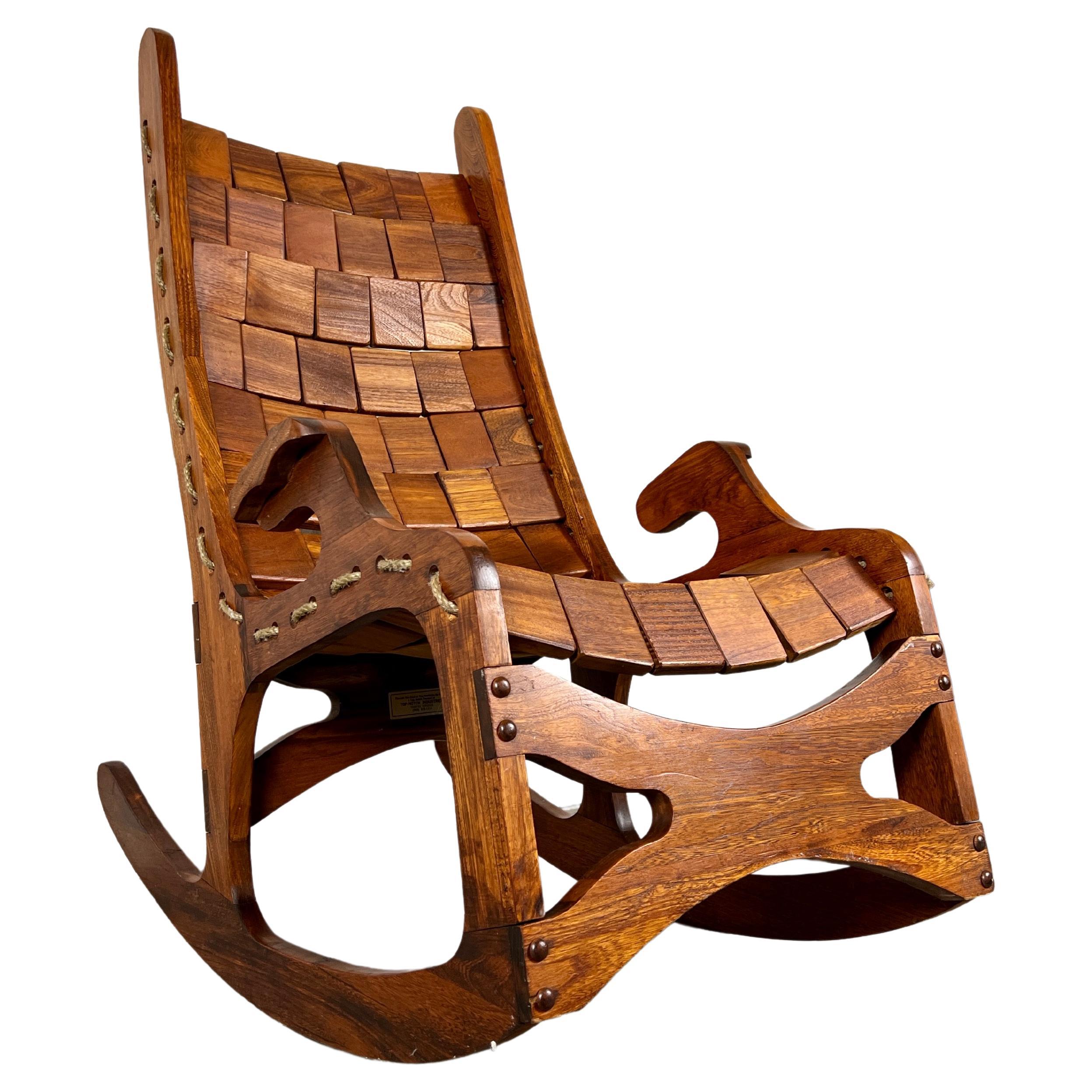Restoration and Preservation of Antique Children’s Rocking Chairs: Old Childs Rocking Chair

Giving a tired old rocking chair a new lease on life is a labor of love, a chance to connect with the past while creating something beautiful for the future. Restoring these charming pieces requires careful attention to detail and a respect for their history. This isn’t just about fixing things; it’s about preserving a piece of childhood for generations to come.
Cleaning and Restoring Damaged Antique Rocking Chairs
Before you even think about touching that paintbrush, safety first! Wear gloves, eye protection, and a dust mask to protect yourself from splinters, chemicals, and dust. Start by gently cleaning the chair with a soft brush and a mild solution of warm water and dish soap. For stubborn dirt, you might use a slightly stronger solution, but always test it on an inconspicuous area first. Once clean and dry, carefully assess the damage. Small cracks can often be repaired using wood glue and clamps. For larger cracks or missing pieces, you’ll likely need wood filler, matched to the chair’s original wood as closely as possible. Let the filler dry completely before sanding it smooth. If parts are completely missing, finding replacement wood that matches the original is ideal, but sometimes you have to get creative and use similar wood, carefully matching the grain and color as best as you can. Refinishing involves sanding the entire chair to remove old varnish or paint (carefully, to avoid sanding too deeply!), then applying a new finish. Consider using a water-based polyurethane for a safer and easier application. Remember, patience is key – multiple thin coats are better than one thick one to avoid drips and runs.
Ethical Considerations in Restoration, Old childs rocking chair
The goal of restoration is to preserve the chair’s historical integrity, not to completely transform it. Appropriate techniques focus on repairing damage using materials and methods as close as possible to the original construction. For example, using period-appropriate wood filler and finishes is preferable to modern alternatives. Inappropriate restoration might involve replacing original parts with entirely new ones, altering the chair’s original design, or using harsh chemicals that could damage the wood. Imagine replacing the beautifully worn, slightly faded original paint with a vibrant, glossy modern coat – it would erase the chair’s history. Instead, strive to maintain the patina of age, which adds to its character and charm. Think of it as enhancing, not disguising, the chair’s history.
Storing and Maintaining a Restored Rocking Chair
Proper storage is crucial for preserving your restored treasure. Here’s a guide to keep it looking its best for years to come:
- Avoid Direct Sunlight: UV rays can fade the finish and damage the wood over time. Keep it out of direct sunlight, ideally in a dimly lit area.
- Maintain Stable Temperature and Humidity: Extreme temperature fluctuations and high humidity can cause wood to warp or crack. A stable environment is ideal.
- Protect from Dust and Moisture: Regularly dust the chair with a soft cloth. If you live in a humid climate, consider using a dehumidifier.
- Use Protective Covers: When not in use, consider using a breathable cotton cover to protect it from dust and minor scratches.
- Avoid Harsh Chemicals: Never use abrasive cleaners or harsh chemicals on the wood. A soft cloth and a mild cleaning solution are sufficient.
- Regular Inspection: Periodically inspect the chair for any signs of damage, such as cracks or loose joints, and address them promptly.
